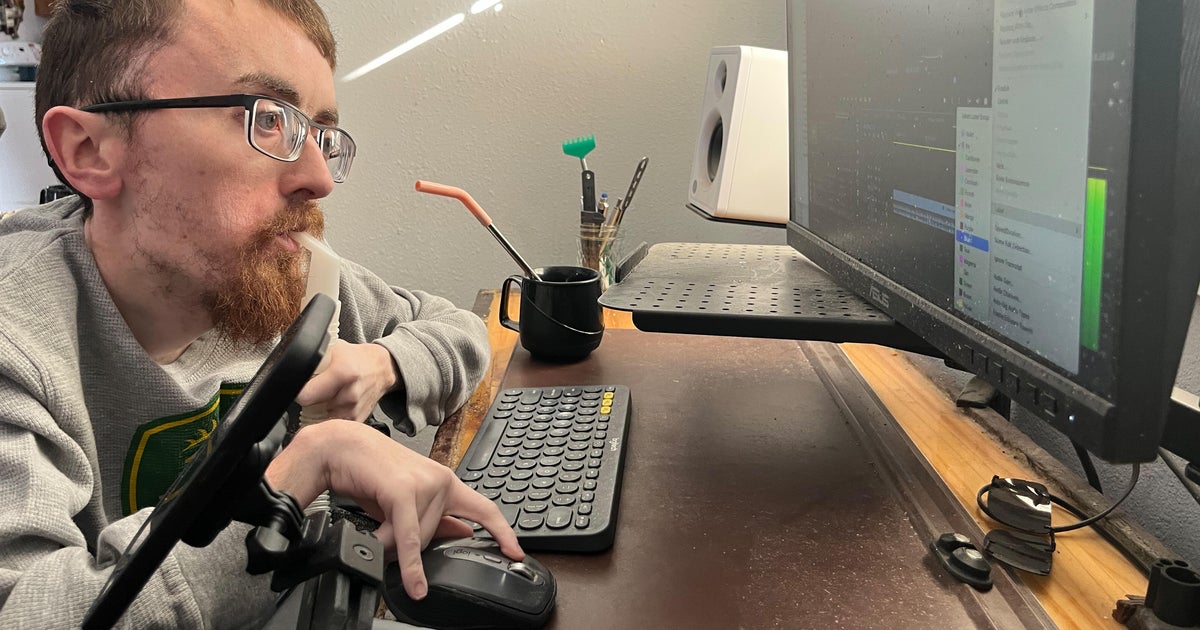This common retirement mistake could cost you up to $300,000 in savings
Millions of Americans rely on their 401(k) plans to ensure a comfortable retirement, but recent research from Vanguard has found that many workers may be falling prey to a common pitfall that could cause them to miss out on thousands in savings – even as much as $300,000.
The issue revolves around a typical experience for an American worker: switching jobs. When people jump to a new position, they are often paid more; at the same time, they frequently make the mistake of enrolling in their new 401(k) plan at a lower contribution level than at their prior employer.
The resulting irony is that while many Americans enjoy higher incomes due to a job switch, they frequently end up saving less in their 401(k)s, undercutting the growth of their nest egg. One reason, the Vanguard researchers found, is tied to the fact that the most common default savings rates in 401(k) plan stands at 3%, so that when workers switch jobs, many automatically enroll at that rate, even though they may have been saving a higher percentage at their prior employer.
The result creates a falling pattern of savings rates when people switch jobs, noted Fiona Greig, global head of investor research and policy at Vanguard and a co-author of the report, which analyzed retirement and income data from more than 50,000 people who switched jobs.
"Sure enough, most people are switching jobs in order to get a pay raise — the typical raise was 10%," Greig noted. "64% are seeing a pay increase when they move jobs, but we're seeing an opposite trend in their savings rate."
The typical job-switcher sees a decline of almost 1 percentage point in their 401(k) contributions, their research found.
Over time, that can add up, robbing workers of thousands of dollars in retirement income. Take a worker who starts her career with an annual income of $60,000, and then switches jobs eight times after that — the typical number of job changes for Americans.
By lowering her contribution amount each time she jumps to a new job, she'll have saved a total of $470,000 in her 401(k) by the time she turns 65. But if she had kept her contribution rate steady at about 10% for most of her career, she would have $770,000 by the time she hit retirement age.
"In the most tangible terms, it's six fewer years of retirement spending," Greig noted. "It's a material drop in retirement wealth."
The imperfect 401(k)
To be sure, 401(k)s have come under plenty of criticism over the past decades, including from noted retirement expert and New School economist Teresa Ghilarducci, who told CBS MoneyWatch earlier this year that the retirement plan is too "flimsy" and ill-designed for the way people actually work.
For instance, a 401(k) may perform well for people who work steadily throughout their careers, without breaks due to layoffs or to care for children or other family members, enabling them to build a healthy nest egg. But many Americans have job setbacks or career breaks, while others may have financial emergencies that prompt them to dip into their 401(k)s.
But, Greig notes, the 401(k) has always been a work in progress, with lawmakers, plan sponsors and employers evolving the vehicle's structure to help enable more workers to save consistently over their careers. For instance, when the 401(k) began in the late 1970s, the plans were typically voluntary, meaning that workers had to opt in to start saving.
Now, most plans offer automatic enrollment, with Vanguard's report finding that more than 6 in 10 workers switched to companies that automatically signed them up for their 401(k) plans. And in 2025, all new retirement plans will be required to automatically enroll workers, according to the Secure 2.0 Act.
But Vanguard's new research suggests the most common default enrollment rate of 3% may be too low, given that so many workers' savings rates decline when they switch jobs. One fix: Bumping up the default savings rate to a higher level, such as 6%, Greig said.
At the same time, workers should be aware of this pitfall when they switch jobs, she added.
"The minute you start in that new job, think about maintaining what you were doing before, to allow you to fully take advantage of the math, and sign up for annual increases so over time the increase your savings rate as your earnings go up," she noted.



